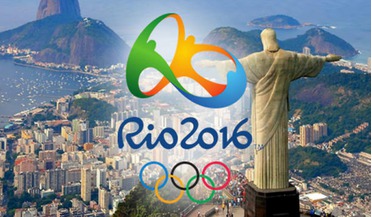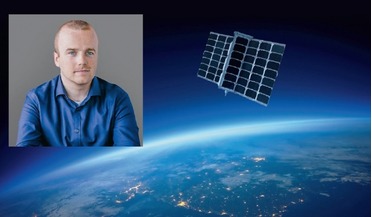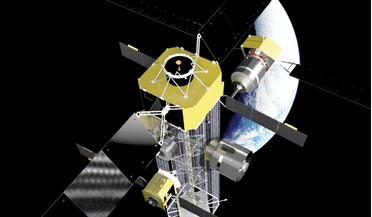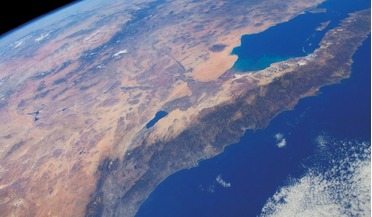 05 August 2016
Rio 2016 Summer Olympics Games, Brought to You by Your Local Satellite
05 August 2016
Rio 2016 Summer Olympics Games, Brought to You by Your Local Satellite
... an overseas sporting event without delay and in real time. Since then, the Olympic Games have relied on communications satellites for increased broadcasting of the Games' events. Today, the global audience of the Olympic Games is billions of viewers...
 May 2022
Using space data to improve life on Earth
May 2022
Using space data to improve life on Earth
... computing industries. Since our applications would all be software-defined, it also meant we could continuously improve our satellites, even after they had been launched, through on-orbit software upgrades. Spire is vertically integrated, with both...
 June 2015
Promoting growth at geostationary orbit with a one-stop-shop
June 2015
Promoting growth at geostationary orbit with a one-stop-shop
... 8 spacecraft. As of November 2014, there were more than 400 active satellites in geostationary orbit. The majority are communications satellites but there are some meteorological satellites there too. It is not just physical space that is limited...
 April 2018
Servicing the space economy
April 2018
Servicing the space economy
... propelled servicing spacecraft with its highly efficient thrusters can relocate a satellite to serve a new market. Envisage a communication satellite operator covering a mature telecommunications markets, and there is an emerging region that...
 May 2019
Wake-up call for debris creation in geostationary orbit
May 2019
Wake-up call for debris creation in geostationary orbit
.... It proved a watershed year for geostationary orbit (GEO), the orbit that hosts the majority of our commercial communications satellites. Mark Hempsell explains why he believes the sustainability of our geostationary assets is now at risk. The first...
 November 2019
Mexico’s path to space
November 2019
Mexico’s path to space
... into the modern technological age, the Mexican government purchased a series of communications satellites to service the country. Initially the Morelos 1 and 2, geostationary satellites operated between 1985 and 1998 to provide telephony, data, and...